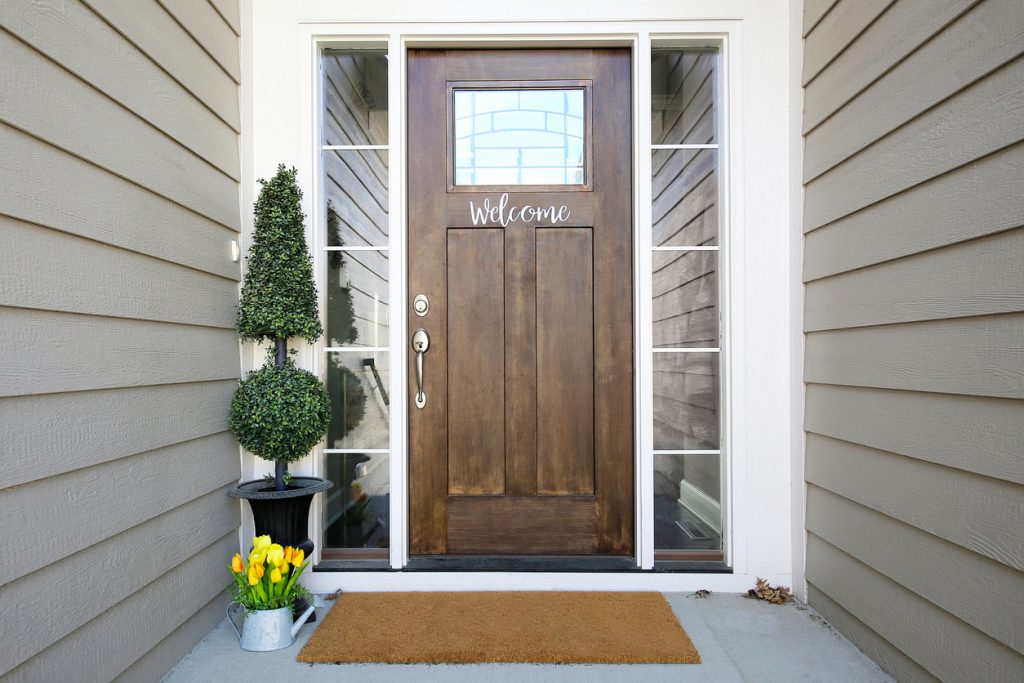Reassurance Home Inspections
Thorough, Detailed Home Inspections You Can Trust
Thorough, Detailed Home Inspections You Can Trust
Our Services
You searched long and hard for the home you are buying, so you want to make sure you select your home inspector carefully. I realize you are investing much of your savings on this home and know you deserve the best home inspection you can get. Let me help you feel more confident about your decision to buy. A home inspection is one of the most important steps in the home purchase process. You are paying to be educated by a professional about the defects, health and safety concerns, and needed maintenance issues. My report and walk-through review with you will give you the details of each area of concern, why it is happening, and what action should be taken. This is the information you need to make an informed decision before moving ahead. Once you are in the home, you can always contact me for answers to any questions that may come up in the future.
Our founder
I am very involved in the Minnesota home inspection industry and have been working with Realtors, Buyers, Sellers, Bankers, and Insurance Companies, checking the condition of homes throughout St. Paul, Minneapolis, and all surrounding MN cities for over 20 years. Reassurance Home Inspection LLC is locally owned and constantly striving to be the best by using the most highly recognized and accepted defect-recognition tools and methodology available to the home inspection industry. I am a member in good standing with all of my professional organizations. Having a strong home repair/maintenance background (About Us) has helped to develop an eye for noticing the obvious and the not so obvious. This is especially true with many foreclosures, bank owned, or short sale properties because of the unique problems these homes can have. My customers rely on my experience, for honest home inspections and explanations that help confirm the condition of their home when selling or help protect and educate them from unforeseen problems when buying.

About Reassurance Home INspection, LLC
I am a certified home inspector and personally perform each and every inspection. I will help you determine if the home you are considering is safe, healthy, and a good investment. Instead of a quick inspection with a handwritten report, or an inspection using unreliable technology, I use reliable, time-proven, industry-standard methods to gather my findings. That way I can educate you with credible information about the house you are considering, print a report with detailed explanations and photos of the problems found and discuss with you any maintenance concerns, repairs, and costs of those repairs. I want you to have all the information possible, so you feel confident about moving ahead. Contact me today to get started on your next home inspection.
Customer Reviews
Gary B.
Dave did an amazing job with the inspection! He was very informational and told you exactly what to do to fix anything that he saw that was concerning! I highly highly recommend him! He was friendly, gave great pointers, thoroughly explained every little thing he saw! I will definitely ask for him for my next home inspection!
Nalee Y.
Dave does an amazing job inspecting homes. He is thorough and takes the time to explain and make sure you understand what the issue is and how to fix it. I’ve used his multiple times for inspections and he is the only person I will continue to use his services and recommend him because I trust him. He’s also very professional, punctual, and an all-around nice guy!
